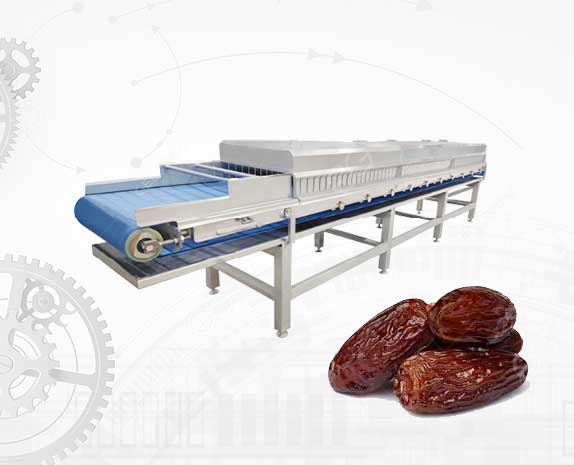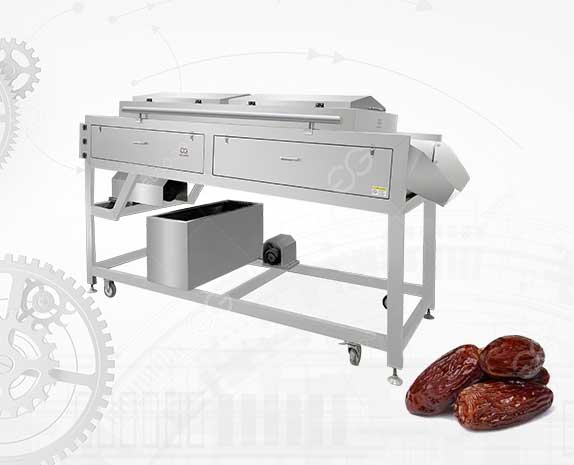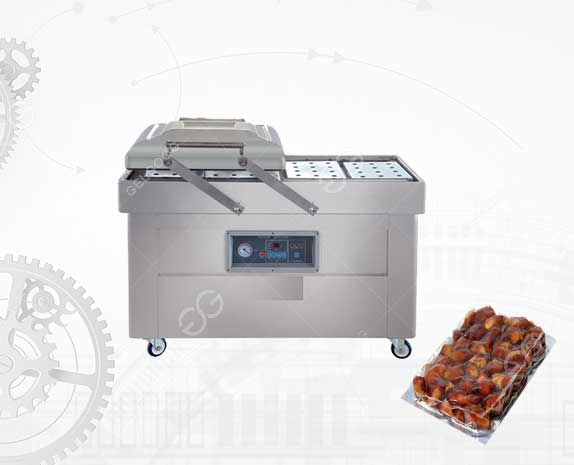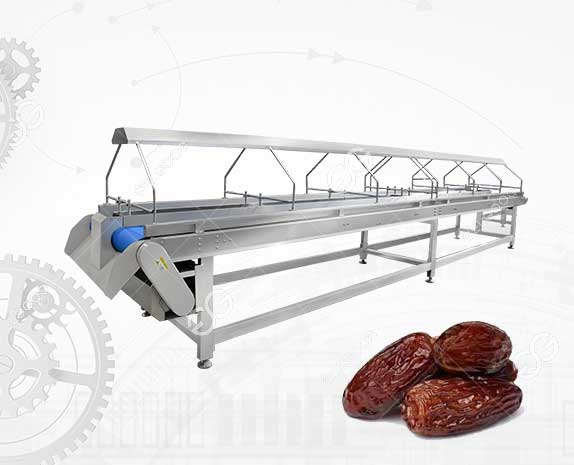Dates are sweet, nutritious fruits grown primarily in arid regions of the world. The date palm tree (Phoenix dactylifera) has been cultivated for thousands of years for its delicious and healthy fruit. Dates are enjoyed in various forms, from whole fruits to processed products like date paste and date syrup. In this blog, we will discuss the manufacturing process flow of dates, from harvesting to packaging.
1. Harvesting
The process begins with harvesting the dates when they are ripe. Dates are typically harvested in the late summer or early fall, depending on the variety and region. The fruits are carefully picked from the date palm tree either by hand or using specialized tools to prevent damage to the fruits and the tree.
2. Sorting and Grading
After harvesting, the dates are sorted and graded based on their size, color, and quality. This helps in segregating dates into different categories, which can then be processed accordingly. The sorting process may be done manually or with the help of machines.
3. Washing and Cleaning
Dates are then washed to remove any dust, dirt, or debris from the fruit's surface. The cleaning process ensures the dates are hygienic and ready for further processing. This step typically involves soaking the dates in water and rinsing them multiple times.
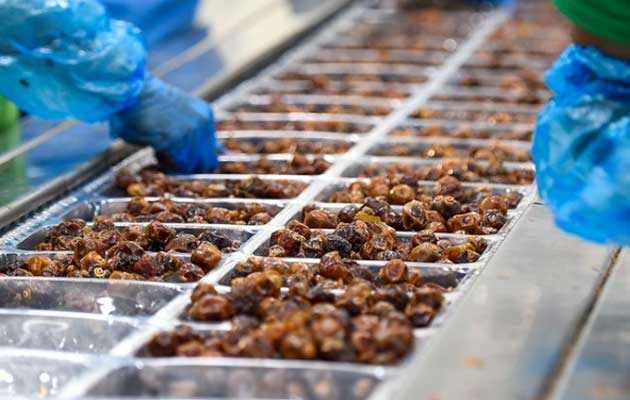
4. Drying and Conditioning
Once the dates are clean, they are dried to reduce moisture content. This can be done naturally by spreading the dates under the sun or using drying chambers for a controlled process. Drying helps preserve the dates and extend their shelf life.
5. Pitting and Dehydration (Optional)
In some cases, dates are pitted to remove the seeds. This is done using machines that split the dates and extract the pits. Additionally, further dehydration may be required for certain products to achieve the desired moisture level.
6. Processing and Transformation
Dates can be processed into different products such as date paste, date syrup, or chopped dates. Date paste is made by blending dates to a smooth consistency, while date syrup is produced by boiling the dates and then straining the mixture to extract the liquid. Chopped dates are simply dates that have been cut into smaller pieces.
7. Quality Control
Throughout the manufacturing process, quality control measures are in place to ensure that the dates meet safety and quality standards. This includes monitoring moisture levels, checking for any signs of spoilage, and ensuring the packaging process is hygienic.
8. Packaging
After processing, the dates are packaged in various forms, such as whole dates, chopped dates, or date paste. Packaging is done in a controlled environment to prevent contamination and maintain product freshness. Packaging materials include plastic pouches, trays, and cans.
9. Storage and Distribution
Once packaged, the dates are stored in temperature-controlled warehouses to maintain freshness and quality. Proper storage conditions help extend the shelf life of dates. The dates are then distributed to retailers, wholesalers, and other customers.
Conclusion
Dates are a versatile fruit with a wide range of uses. The manufacturing process flow ensures that the dates are harvested, processed, and packaged in a way that maintains their quality and nutritional value. By following these steps, producers can deliver high-quality dates and date products to consumers around the world. Whether you're enjoying whole dates, date paste, or date syrup, you can appreciate the careful process that goes into bringing these delicious fruits to your table!
If you want to clean and process dates, you can contact us at any time and we will provide you with dates washning line solutions and quotations.

